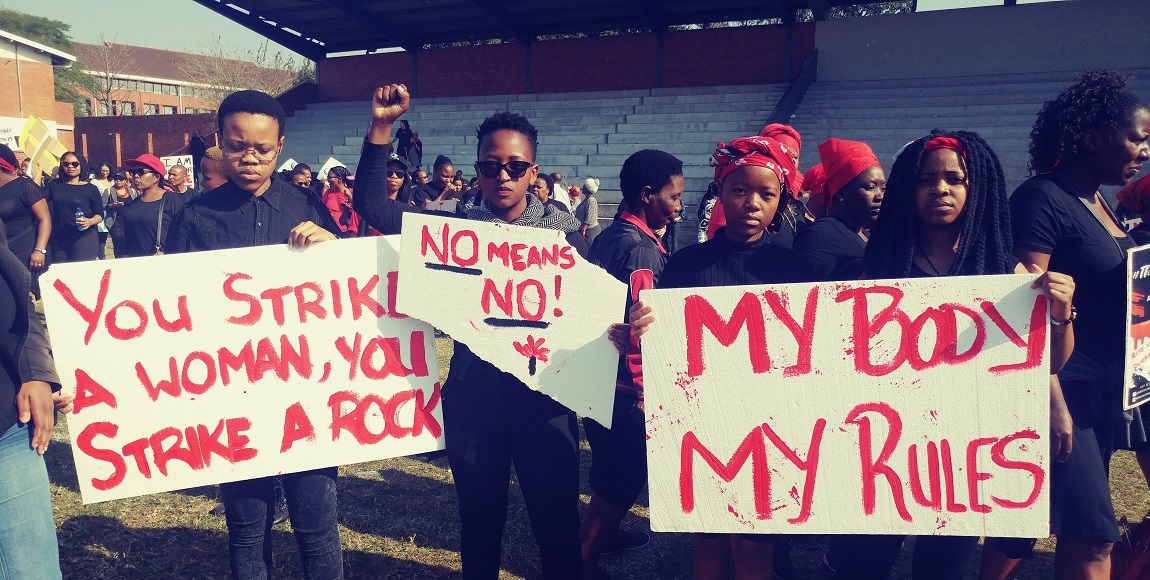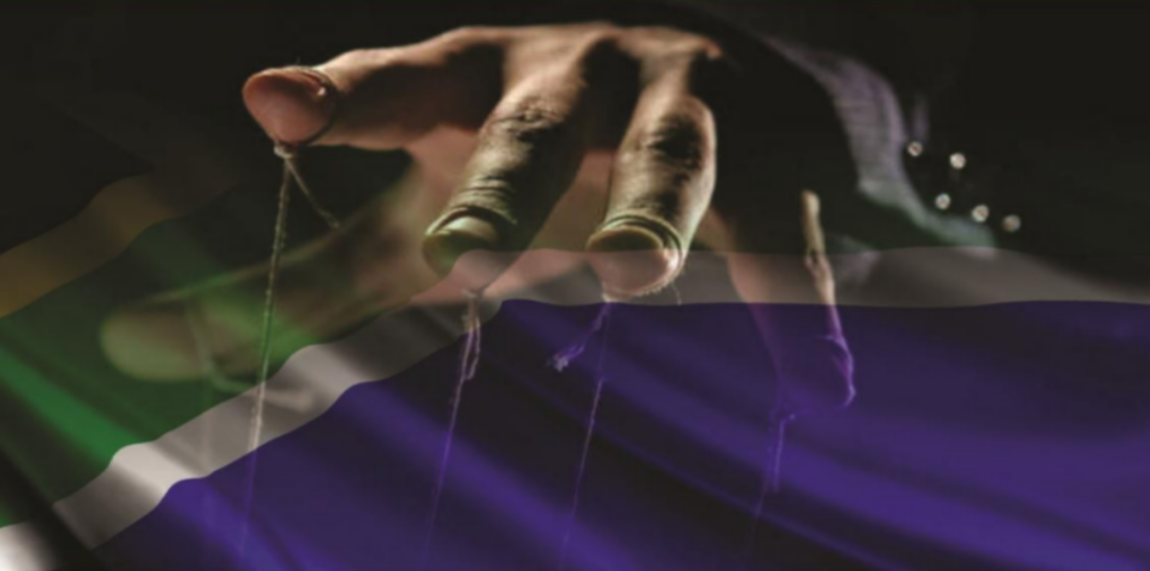The murder of a university student in South Africa has led to national soulsearching and debate over violence against women. Africa Check summarises the available research on the issue. Researched by Kate Wilkinson
South Africans have been horrified by the murder of University of Cape Town student Uyinene Mrwetyana. Initial reports suggest that a post office worker has confessed to raping and killing the 19-year-old.
There have been calls for a “national shutdown” to protest femicide in South Africa. Women have taken to Twitter to tweet #AmINext – asking if they will become the next victim of murder.
Amid the national distress, we answer five questions about the murder of women in the country.
What is femicide? How many women are murdered in South Africa each year? And how do we compare to other countries?
1. What is femicide?
Definitions of “femicide” vary. According to the UN Office on Drugs and Crime, there is “no commonly agreed definition of what constitutes ‘femicide’”.
In a report on gender-related killing of women and girls, the UN agency says that “the conventional understanding conveys the idea that hate crimes against women are perpetrated by men simply because of the gender roles assigned to women.”
This is a similar definition used by South Africa’s statistical agency, Stats SA: “The intentional killing of females (women or girls) because they are females.”
But “collecting correct data on femicide is challenging,” says the World Health Organization. Most countries do not have information on the relationship between the victim and perpetrator or the motive of the murderer. Because of this, a broad definition of femicide – “any killings of women or girls” – is often used.
2. How many women are murdered in South Africa each year?
The South African police service regularly releases a breakdown of murder victims by age group and sex. Their latest data shows that 20,336 people were murdered in 2017/18.
The majority of the murder victims were adult men, accounting for 16,421 deaths. This is equal to one murder every 30 minutes.
There were 2,930 adult women murdered in 2017/8. It has been widely shared online that a woman is murdered every 4 hours in South Africa. That statistic was correct between April and December 2016. According to the most recent data from 2017/18, a woman is murdered every 3 hours in South Africa.
| Murder victims in SA by age and sex (2017/18) | |
| Victims | No. of murders |
| Men | 16,421 |
| Women | 2,930 |
| Girls | 294 |
| Boys | 691 |
| Total | 20,336 |
Source: South African Police Service
The police do not provide a breakdown of the motive behind the murder of women. So it is not possible to say how many were killed because they were female.
3. What is the murder rate for women in South Africa?
While the number of murders committed each year is an important indicator, it does not provide insight into the relative risk faced by a group. In order to determine whether risk is increasing or decreasing you have to calculate the murder rate.
A murder rate for adult women is calculated using the number of victims from the police and population estimates from Stats SA. Based on these figures, the adult women murder rate was 15.2 in 2017/18. This means that there were 15.2 murders for every 100,000 adult women in South Africa.
| South African murder rate for adult women (18+) | |
| Year | Murder rate/100,000 |
| 2013/14 | 13.1 |
| 2014/15 | 12.2 |
| 2015/16 | 13 |
| 2016/17 | 14 |
| 2017/18 | 15.2 |
Source: South African Police Service and Statistics South Africa
The World Health Organisation calculates a femicide rate based on deaths from interpersonal violence for the whole female population – including women and girls. Their latest estimate is a female interpersonal violence death rate of 12.1 per 100,000 in 2016.
| South African female interpersonal violence death rate | |
| Year | Death rate/100,000 |
| 2000 | 19.4 |
| 2010 | 13.4 |
| 2015 | 12.2 |
| 2016 | 12.1 |
Source: World Health Organisation
4. How does this compare internationally?
The most recent global database on the murder of females (including adult women and girls) is from the WHO.
The WHO advises using “age-standardised rates” for global comparisons. This rate adjusts for differences in the age distribution of the population, assuming a standard population for all countries.
In 2016, the age-standardised interpersonal violence death rate for the female population in South Africa was 12.5 per 100,000. This was 4.8 times the global average rate of 2.6.
South Africa had the fourth highest female interpersonal violence death rate out of the 183 countries listed by the WHO in 2016.
| Highest female interpersonal violence death rates in 2016 | ||
| Rank | Country | Death rate |
| 1 | Honduras | 32.7 |
| 2 | Jamaica | 15.5 |
| 3 | Lesotho | 15.4 |
| 4 | South Africa | 12.5 |
| 5 | Guinea-Bissau | 11.1 |
| 6 | Haiti | 10.6 |
| 7 | El Salvador | 10.6 |
| 8 | Trinidad and Tobago | 10.5 |
| 9 | Côte d’Ivoire | 10.3 |
| 10 | Iraq | 9.1 |
Source: World Health Organisation
5. Has the femicide rate increased 117%?
In 2018 a number of media reports and government statements claimed that femicide had increased 117% in South Africa between 2015 and 2016/17. The claim is also included on the South African Human Rights Commission’s website.
The statistic was originally released in a report by Stats SA in June 2018. But the calculation of the increase was flawed and the statistical agency withdrew the report. It was then republished without the statistic.
According to the police’s data, the adult women murder rate increased by 7.7% between 2015/16 and 2016/17.
The WHO data (of all female deaths) shows a decrease of 0.8% between 2015 and 2016. However, the organisation has advised against reporting on the small change. They have said more analysis is required to determine if the decrease is statistically significant.
Additional reading
GUIDE: Rape statistics in South Africa
READ: No, murder rate for women in South Africa hasn’t spiked by 117%
Violence against South Africa’s women, children: verifying claims at a men’s summit
Femicide in South Africa: 3 numbers about the murdering of women investigated
This report was written by Africa Check, a non-partisan fact-checking organisation. View the original piece on their website.









